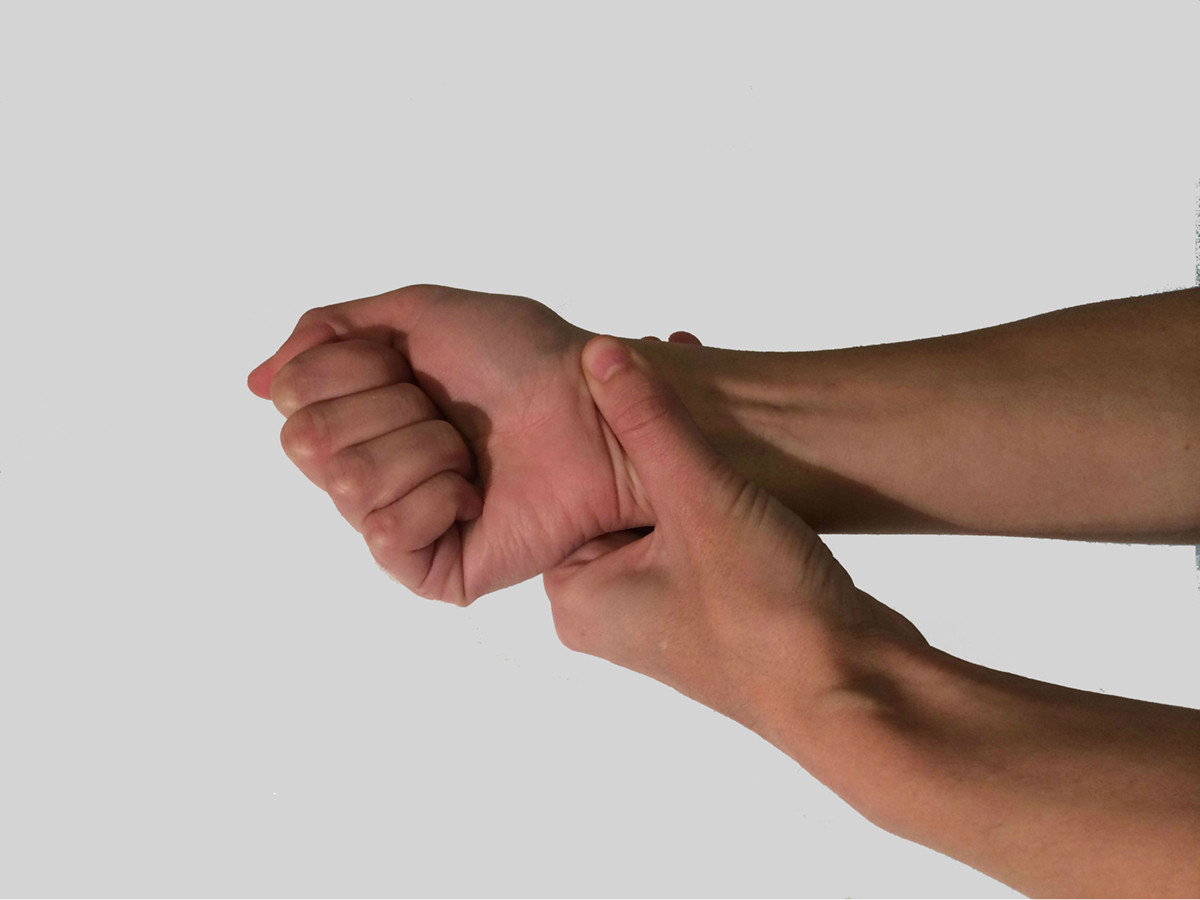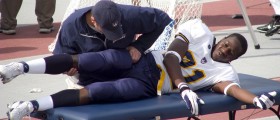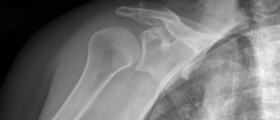
Repetitive Strain Injuries
Repetitive strain injury is a term used for certain seriousforms of debilitating medical conditions. These can be divided into two differentcategories. Type 1 repetitive strain injuries are actually musculoskeletaldisorders while type 2 repetitive strain injuries are diffuse cases which areassociated with nerve damage and vocational activities. There are numerousfactors which can be held responsible for the occurrence of repetitive straininjuries. The most common ones include working in cold conditions, lack ofvariety in the type of work that one does, long work hours, lack of training inthe safest way to carry out a certain task, holding the muscles in the sameposition for a long time, not having breaks, working too fast, working withequipment that does not fit one’s body and doing something with the armsrepeatedly for too long. In all cases of repetitive strain injuries, theunderlying causes include damage to the muscles, tendons and nerves that runthrough them induced by repeated micro trauma. Improper amounts of rest maylead to further damage, commonly accompanied by painful sensations, scartissue, thickening and inflammation. The most common symptoms associated withdifferent types of repetitive strain injuries include chronically cold hands,difficulties with normal everyday activities and motions of hands, weakness inthe hands and forearms, lack of strength, fatigue, numbness, clumsiness,tremors, shooting pain, aching pain or burning sensations. The first signs ofthese types of injuries commonly include tingling sensations and soreness atthe affected areas of the body. Most cases of repetitive strain injuries lastfor only a couple of weeks, but if left untreated they may bother a person foryears.
Statistical Data
The incidence of repetitive strain injuries is graduallyincreasing over the years. The term repetitive strain injury was first used inAustralia during the 1980s. According to numerous researches, repetitive straininjuries occur in women much more often than they do in men. The occupationwhich is associated with the highest incidence of repetitive strain injuriesare meatworkers.
List of the Different Types of Repetitive Strain Injuries
Bursitis is one of the most common types of repetitivestrain injuries and it is usually caused by continual friction on the bursa. Itis characterized as an inflammatory condition which affects the bursa. Forthose who do not know, bursa is a type of sac filled with fluid located in theparts of the human body where there is need for tendons or muscles to glideover joints. Another type of repetitive strain injury is dystonia, which isalso sometimes referred to as writer’s cramp. It is actually an involuntaryspasm of muscles characterized by tension in the arms. Dupuytren’s contractureis one more type of common repetitive strain injury characterized by aninability to straighten the fingers into an open hand. It occurs because of theaccumulation of scar tissue beneath the skin located at the base of thefingers. Gamekeeper’s thumb is another common repetitive strain injurytriggered by excessive strains to the ulnar collateral ligament. In most casesit involves painful sensation and swelling of the thumb. Among the most commontypes of repetitive strain injuries is the one commonly referred to as tenniselbow, but its medicinal name is epicondylitis. This type of injury affects theelbow joint and causes inflammatory conditions of the tendons on the forearm.Diffuse RSI is one of the latest additions to the list of repetitive strain injuries.Another fairly common type of repetitive strain injuries is the one calledganglion cyst. It is characterized by the formation of cysts in the tissueswhich surround the inflamed joints. In some cases, these ganglions may becompletely painless. There are also certain cases of ganglion cysts associatedwith the gradual development of rheumatoid arthritis. There is another type ofrepetitive strain injury which is medicinally referred to as DeQuervain’ssyndrome. It is characterized as an inflammatory condition of the tendonsresponsible for the movement of the thumbs. Cubital tunnel syndrome is amedical condition associated with numbness, paralysis and painful sensations ofthe little finger and the ring finger, induced by the pinching of the Ulnarnerve. It sometimes gets confused with another similar medical condition calledcarpal tunnel syndrome. Another commonly experienced repetitive strain injuryis called Raynaud’s disease. It involves an interrupted blood supply to abodily extremity. It is extremely painful and it may even lead to thedevelopment of gangrene. Tendinitis is an injury which involves the swelling ofany type of tendon in the human body. Thoracic outlet syndrome involves thecompression of blood vessels or nerves, while tenosynovitis can becharacterized by inflammatory conditions which affect the synovial sheath.
Best Treatment for RSI
There are certain treatment techniques which can be of greathelp for all those who suffer from different types of repetitive straininjuries. The most common ones include Tai Chi, meditation techniques,Alexander technique, walking, osteopathy, deep tissue massage, stretching andrest of the affected area.















-Symptoms,-Diagnosis,-Treatment_f_280x120.jpg)

Your thoughts on this
Loading...